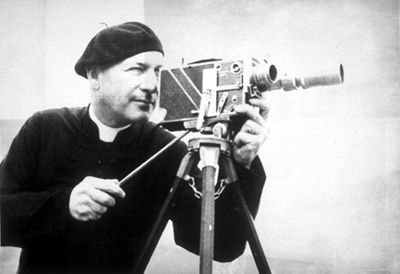Editorial
The Assassination of Thomas D'Arcy McGee
The following article is an editorial written by The Canadian Encyclopedia staff. Editorials are not usually updated. It is the greatest murder mystery in Canadian political history. Thomas D’Arcy McGee, Father of Confederation and outspoken opponent of the Fenians, was assassinated on an Ottawa street in the early hours of Tuesday, 7 April 1868.














